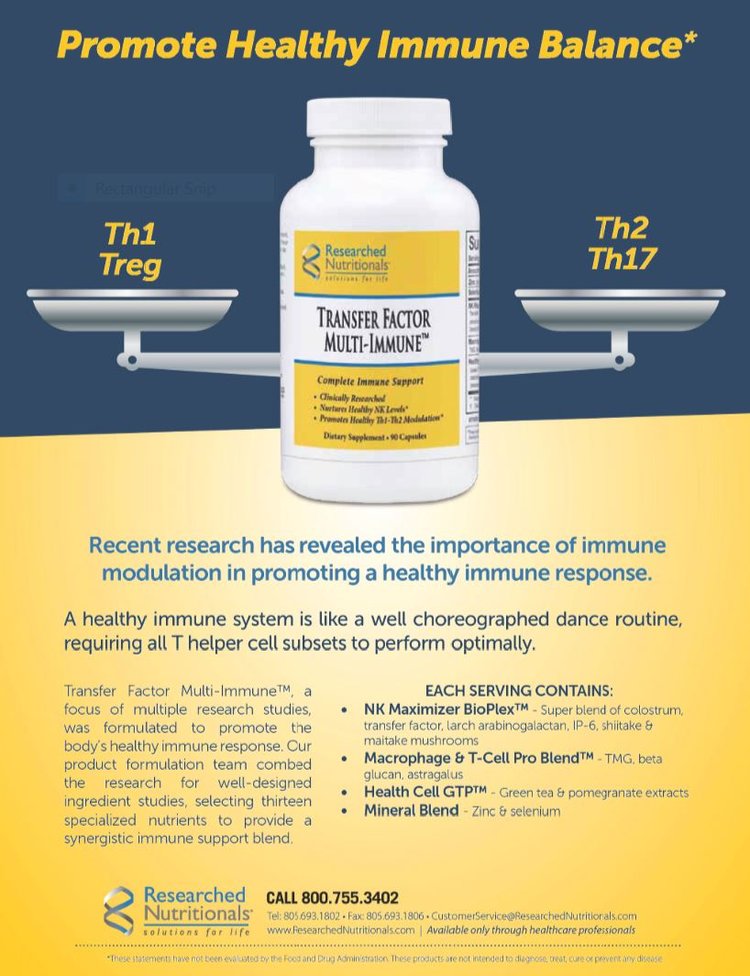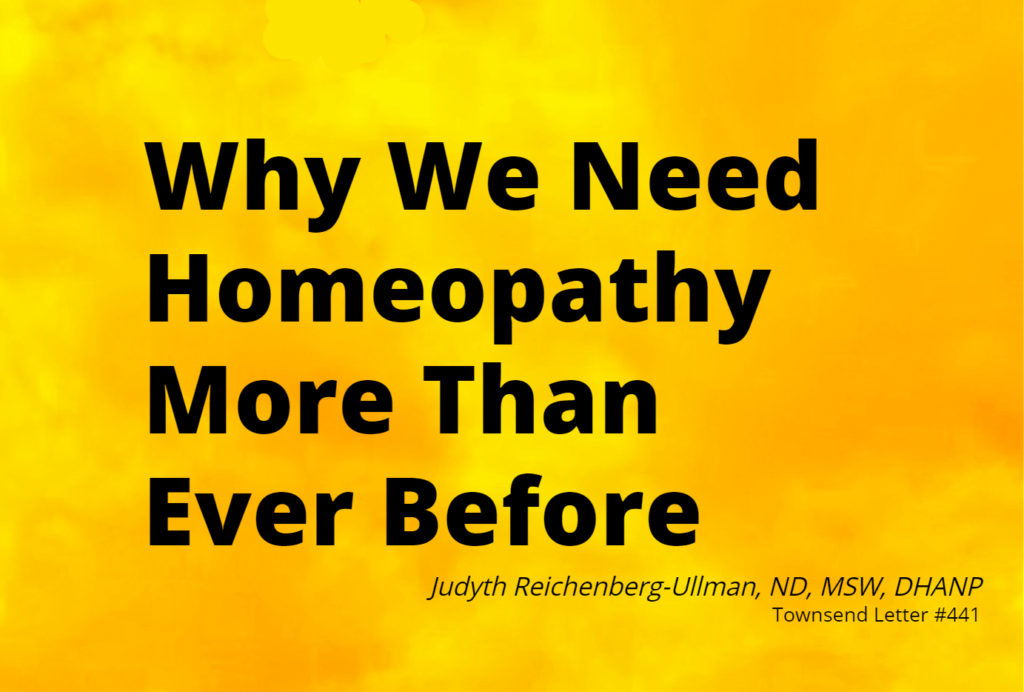Have you ever tried an experiment that produced results beyond your wildest expectations?
Late in March, I noticed that my little Meyer lemon tree, which had lived happily in its pot for a couple years, had developed a red rust (a fungus) on its leaves. I tried wiping it off, resulting in red dust on my fingers—and no effect on the leaves. Non-toxic, homemade remedies made a mess, and the rust remained. The plant was looking so sickly I began to worry that the little tree would not survive.
I happened upon an article about Christianne Maute’s use of homeopathy to maintain the health of plants.1 Following the directions, I put eight pellets of Thuja 30C in distilled water, let them dissolve, then sprayed the water on the leaves. The next morning the rust was gone! Not a speck of red on my fingers as I stroked the leaves. I gave a second dose a few days later because I thought the rust might be returning. The rust disappeared and did not return—even though the weather was still cool and damp (a fungus’ dream)! After a re-potting some weeks later, the little tree has started putting forth new leaves and flowers. The amazing regenerative power of nature!
That success has spurred me to try other remedies: Arnica for a potato plant with a damaged stem and Silica to strengthen tiny arugula plants. They have responded beyond my expectations. I had already found homeopathy personally useful for first aid and treating colds, but there’s always a little nudging question about the placebo effect. Concrete, overnight change in a plant is a little harder to discount—and encourages me to expand my use of homeopathy in the garden.
- Schwens I. Homeopathy for Plants. https://kwhomeopathicmedicine.com/2014/06/homeopathy-for-plants/
Jule Klotter






